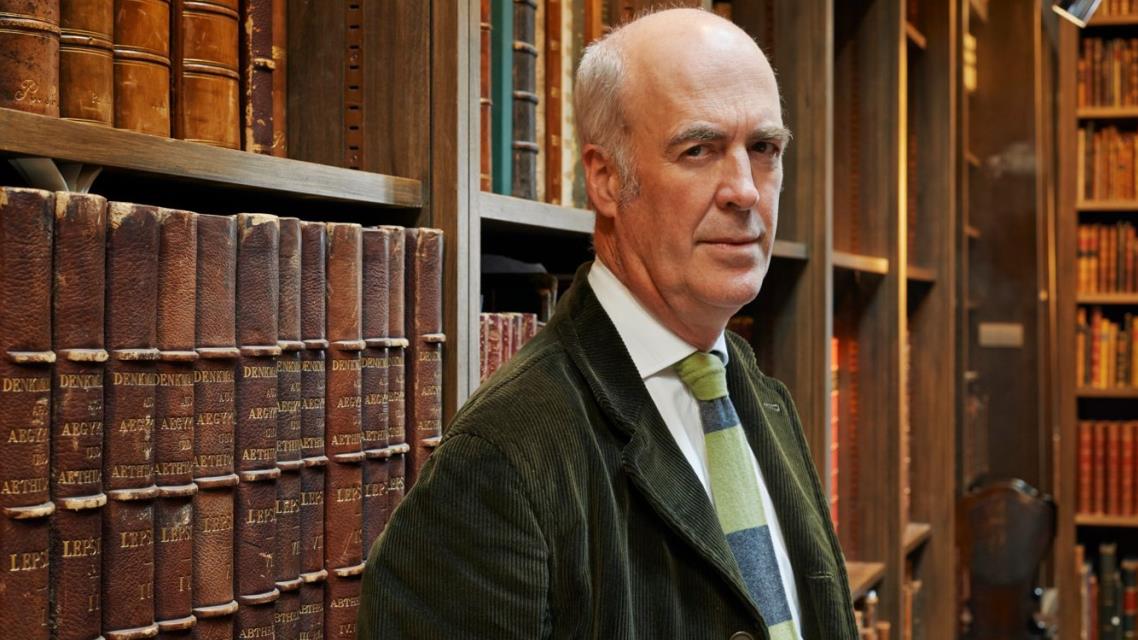
I last did Hay Festival in May 2018 – pre-COVID, of course, in a tent that was in competition with a multitude of other simultaneous events. To get to it, I struggled through a massive bookshop from a Green Room where I was surrounded by lots of other speakers. It was all very physical. So it was a strange experience assembling on screen with three other people in the virtual world, Erica Wagner chairing it from New York with the faint sound of sirens echoing in the distance, and the whole experience was made odder by the fact that the technology being used meant that there was a very slight delay between one’s facial movements and then seeing oneself on screen. It felt like looking at people moving about in slow motion in a swimming pool.
As a result of recognising the effect of this delayed slow motion, we were frozen beforehand, not wanting to speak on top of one another, not wishing to interrupt. It meant the event itself was a good deal more formal than it would have been all together on stage in Hay.
We started with our different experiences of COVID. Xerxes Mazda, Head of Collections and Curation at the British Library, took up his new job only last month – what an odd experience it had been when it was impossible to meet colleagues or see the library in action. Louise Siddons, associate professor of art history at Oklahoma State University is on a Fulbright Fellowship at the Eccles Centre for American Studies at the British Library, and was unable to go to the reading rooms until last month. I, too, have been in lockdown at home, making the arrangements for the publication of my book on art museums, but unable to speak to anyone about it, unable to visit museums and galleries, adapting to so much of life being in the virtual world.
The question we all confronted in our different ways was, ‘What will be different post-COVID?’. Much more will be done remotely by the British Library. There will be much more emphasis on the different ways that people use the library collections. The Oklahoma University Museum will also be reaching out to new audiences. The use of digital technology allows for new things to be done in interesting ways. My own feeling – but this may only be a reflection of my own experience – is that there will be a greater focus on permanent collections, less on the razzamatazz of grand new buildings and temporary exhibitions; people will go more to their local museums, instead of treating them as for tourists; and that this new thoughtfulness and slow visiting will be good for museums.
Curator, art historian and writer Charles Saumarez Smith is the former Chief Executive of the Royal Academy of Arts and author of The Art Museum in Modern Times. Watch this event of Monday 31 May again on Hay Player